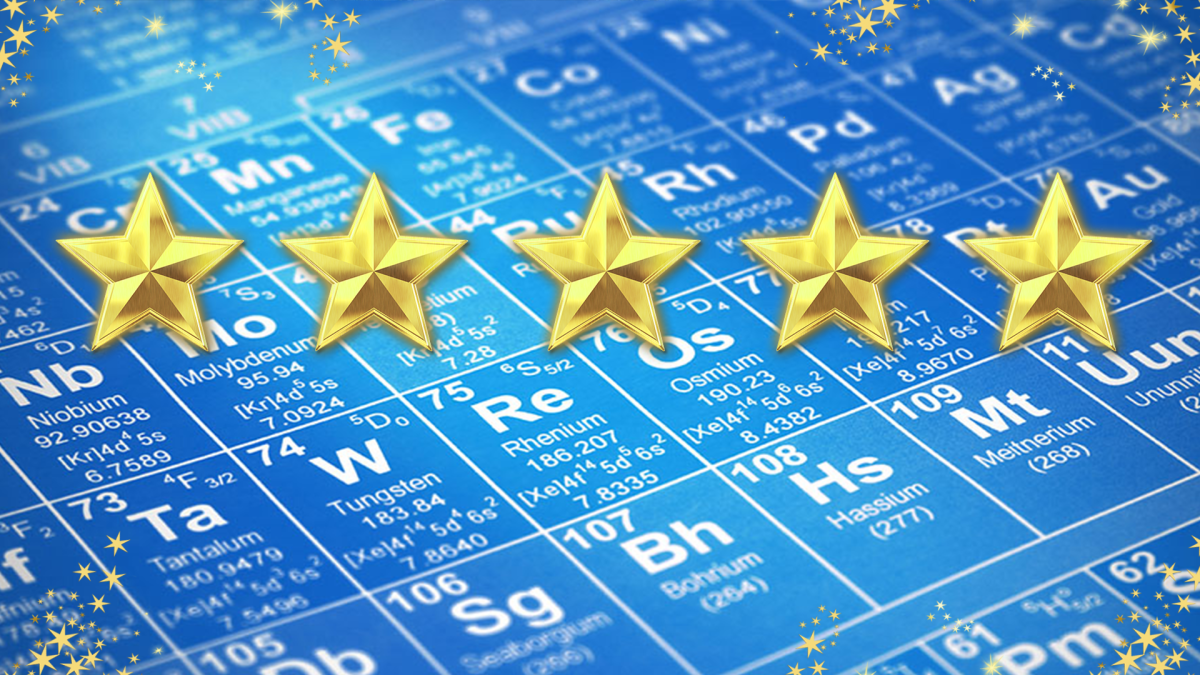
Biological Clean Up
by SREEVELMURUGAN VAMADEVAN
This lesson will help the students to identify methods to analyze, describe and demonstrate a data set of their choice. In this lesson, we are using a digital evolution software called Avida, created by a group of computer scientists and software engineers interested in the experimental study of digital organisms in order to better understand how biological natural selection works and then apply that knowledge to solving computational problems.
Lesson Plan Link/URL
https://docs.google.com/presentation/d/1yTzGmpDBsuYVsCQb4rdAdQv8VnZD8qXb/edit?u…Subject Area
Science Life Science L2: Organisms & Energy Technology 2. Digital Citizen Mathematics Measurement and Data (MD) Statistics and Probability (SP)
Featured
Off
Related Content

Grades:
6th Grade, 7th Grade, 8th Grade, 9th Grade, 10th Grade, 11th Grade, 12th Grade
This lesson is designed to encourage students to explore their interests and pursue their passions while diving into the world of STEM. This lesson takes place in a classroom for one semester. 1 hour

Grades:
9th Grade, 10th Grade, 11th Grade, 12th Grade
The first rule in the chemistry lab is “don’t eat or drink or lick anything in the lab”! This lesson breaks those rules and shows students how culinary is really a practical application of chemistry

Grades:
2nd Grade, 3rd Grade
Students will research a biome around the world, including 3 animals, 3 plants, and 3 nonliving parts of the ecosystem. Students will construct a diorama of the biome and illustrate a natural disaster